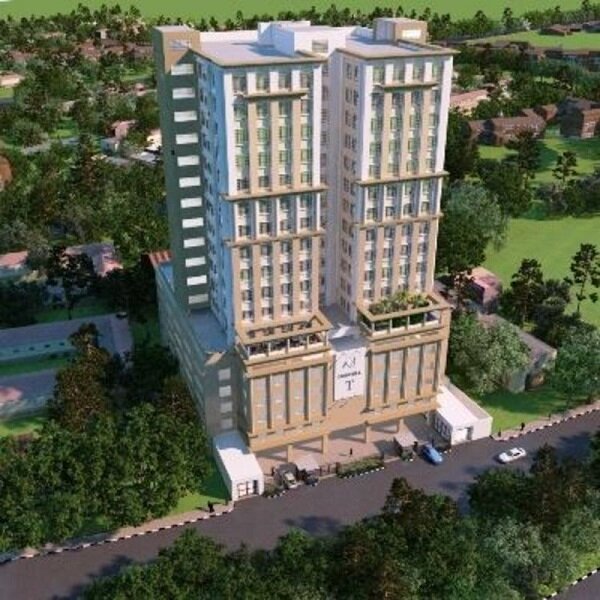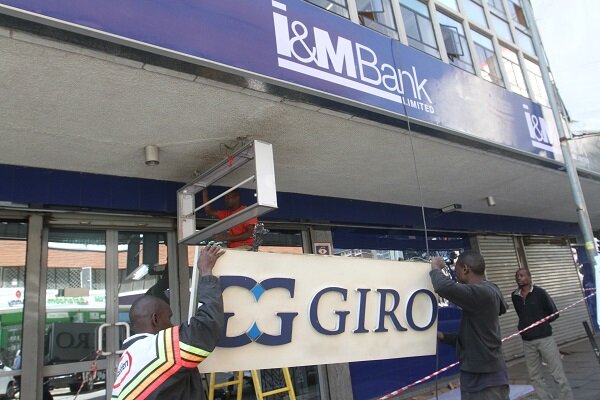Kenya on course to introduce first green commercial complex
By Claire Wanja/Release
Kenya is set to unveil its first green-certified commercial property in May this year following assessment by the World Green Building Council.
The leading-edge building – Sh.2.5b Dunhill Towers, a 20-storey office complex in Westland’s which is a flagship development of the Dunhill Consulting Ltd is set to receive 5-star green star status by the World Green Building Council ahead of its launch.
It is the first building within the East African to be rated under the Green Star Office V1.1 tool, the only existing commercial property green rating tool in Africa, for advanced environmental-friendly features.
Leading a delegation of World Green Building Council for a tour and inspection of Dunhill Towers, Jerry Yudelson, a Green Building Sustainability Consultant said the pioneering feat holds significant importance for the future of green building construction in Kenya.
“Dunhill Towers embracing of green building practices is a huge statement for East African commercial property space as it will create more sustainable buildings in the country such as this one,” said Mr. Yudelson.
Dunhill Towers, according to Mr. Yudelson, has met energy-and resource-efficient standards because of the practices used in the design, construction and operation.
“This development is vital in the face of Kenya’s global environmental challenges. It also makes good business sense to be investing in renewable energy, water harvesting and using innovative energy and water saving practices. Going forward, we look forward to seeing more green transformation in the commercial property sector in Kenya.
Speaking after the inspection, Bharat Doshi, Director, Dunhill Consulting Ltd said the independent verification through the country’s and continents and now world’s leading authorities on green buildings is a timely endorsement
“We want to get the message out to potential tenants and other developers,” said Mr. Bharat “that Kenya can produce green buildings economically.
According to Mr. Bharat, the project is a win-win as modern-day tenants are increasingly in preference of green features in a building and the expected return on investment in green buildings.
“While green buildings might command a slightly higher capital outlay due to the advanced green features, they command a higher rental price and capital value, they have lower running costs, they let better and they retain tenants better,” said Mr. Bharat.
The tour came ahead of the three-day African Green Building Summit at the UN, Gigiri that seeks to embrace energy and resource efficient, environmentally friendly designs to address climate change and resource scarcity.
According to Grace Wangeci Chege, Chairperson Kenya Green Building Society, with the booming property sector, buildings have especially contributed heavily to global warming and pollution and consume large amounts of energy and water.
“Buildings can be a big part of the solution to mitigating the effects of climate change,” said Ms. Wangeci. “Good planning can reduce their use of power and water by up to 70%, and together with waste reduction this can have a significant impact.”
Kenya is a leader in Africa in the area of green economy, having over 60% of its electricity generated from renewable sources and aiming at 90% by the year 2030. It is also leading in the number qualified environmental design experts which stood at 20 architects as of January 2015.





